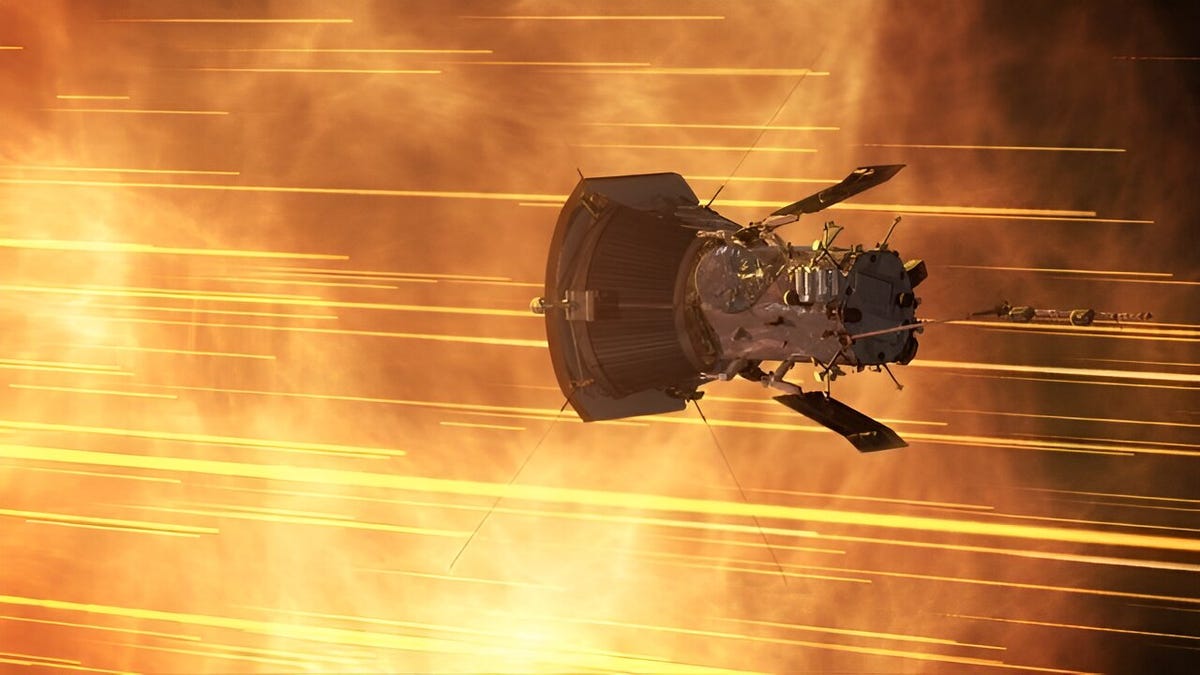
NASA’s Parker Solar Probe flew through an ejection of coronal material as it passed by the Sun in September 2022, giving researchers new data to understand how the Sun’s superheated plasma interacts with the surrounding interplanetary dust.
The coronal mass ejection (CME) flown through by the probe is one of the most powerful ever recorded, according to a NASA release. The flythrough is also the first time Parker has observed how CMEs interact with interplanetary dust, the particulate matter that floats through space. Analysis of the data collected by Parker in the process was published in The Astrophysical Journal.
Advertisement
Based on data from the probe, scientists studying the CME concluded that the ejection cleared the interplanetary dust out to about 6 million miles (9.66 million kilometers) from the Sun. Like the dust that accumulates in homes, the space cleaned up by the CME was quickly covered in more interplanetary dust. But for a moment, it was open space.
“These interactions between CMEs and dust were theorized two decades ago, but had not been observed until Parker Solar Probe viewed a CME act like a vacuum cleaner, clearing the dust out of its path,” said Guillermo Stenborg, an astrophysicist at the Johns Hopkins Applied Physics Laboratory , and the study’s lead author, in the NASA release.
Advertisement
Advertisement
The probe’s Wide Field Imagery for Solar Probe (WISPR) camera showed the spacecraft’s view of the CME; what begins as a peaceful view of deep space is suddenly crowded with bright light. Wisps of material pass from left to right across the camera’s point of view as the probe passes through the ejected solar material and the dust.
It’s hardly the first first for the Parker Solar Probe, which launched in August 2018 and has since been looping around the Sun, making flybys of Mercury and Venus as it goes. The probe made its first direct contact with the Sun’s corona in 2021, and scrutinized the solar wind earlier this summer. The probe also happens to be named for Eugene Parker, who theorized the existence of solar wind.
The probe completed its sixth flyby of Venus on August 21, and its next flyby won’t occur until November 2024. Until then, the spacecraft will continue to swing by the Sun, picking up new insights about our dynamic star.
Advertisement
More: NASA’s Parker Solar Probe Solves a Longtime Mystery About the Sun
Services Marketplace – Listings, Bookings & Reviews